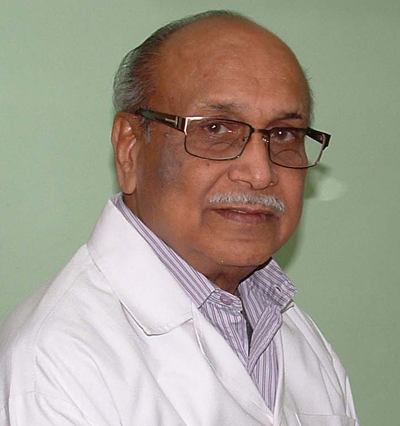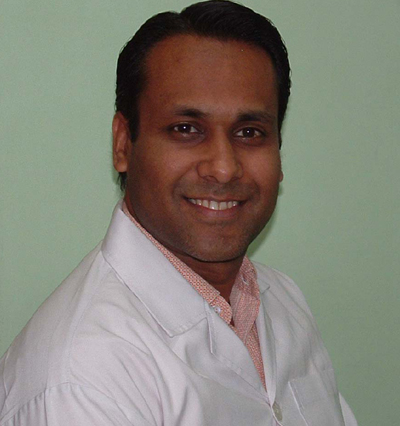

Orthodontics is the study and treatment of malocclusions (improper bites) because of
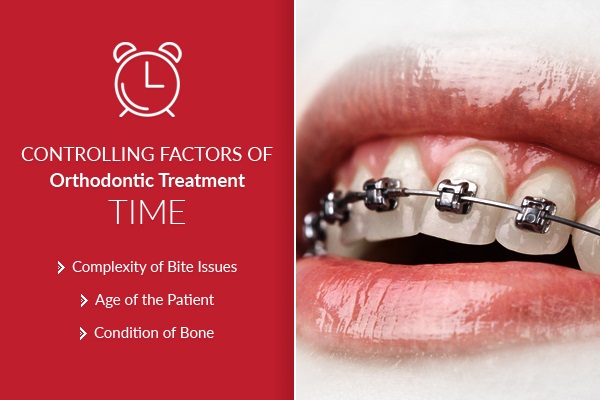
Malocclusion affects the way you smile, chew, clean your teeth or feel about your smile.
Braces are devices used to align and straighten teeth and help to position them with regard to a person's bite, while also working to improve dental health.
They are often used in conjunction with other orthodontic appliances to help widen the palate or jaws and to otherwise assist in shaping the teeth and jaws.
TYPES OF BRACES:
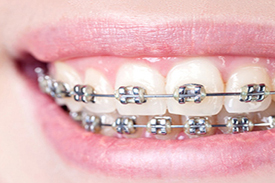
Inside the crown and roots is soft tissue (pulp) that helps to keep your tooth nourished. Root canal lies in the center of the root in which root pulp is situated.
What is root canal treatment or R.C.T?
Root canal treatment or R.C.T. is relatively painless procedure which may take one or more visits. The goal is to improve the health of your damaged tooth.
During treatment -
After the inside of your tooth has been treated, the outside will be restored to protect your tooth's underlying structures and to bring the tooth back into function.
It is advised to cover this tooth with a ceramic or metal crown to prevent its fracture in the future.
After root canal therapy, your tooth continues to be nourished by the surrounding gums and bone. Therefore it functions and feels like your other teeth.
Take care of your treated tooth the same way you would do for your other teeth. Brush after every meal, and floss before going to bed. Also, have regular dental checkups, cleanings, and any other dental work you may need.
We have latest technology like rotary system for this treatment providing our patients with best quality at an affordable cost.
Your tooth might need a root canal treatment if:
Dental implants are more recent and very successful way of replacing missing teeth.
Dental implants are metal posts or frames that are surgically positioned into the jawbone beneath your gums. Implants are devices that replace the roots of missing teeth. Once in place; they allow your dentist to mount replacement teeth onto them like crowns, bridges or dentures.
Advantages of implants over fixed and removable false teeth
1. For some people, ordinary bridges and dentures are simply not comfortable or even not possible, due to sore spots, poor ridges or gagging.
2. In addition, ordinary bridges must be attached to teeth on either side of the space left by the missing tooth. An advantage of implants is that no adjacent teeth need to be prepared or ground down to hold your new replacement tooth/teeth in place.
Who can have implants?
You must also commit to keeping these structures healthy. Meticulous oral hygiene and regular dental visits are critical to the long-term success of dental implants.
A dental filling is a way to restore teeth that are damaged by decay back to their normal function and shape.
Restoring a tooth to good form and function requires two steps:
If permanent restoration cannot be carried out immediately after tooth preparation, temporary restoration may be performed.
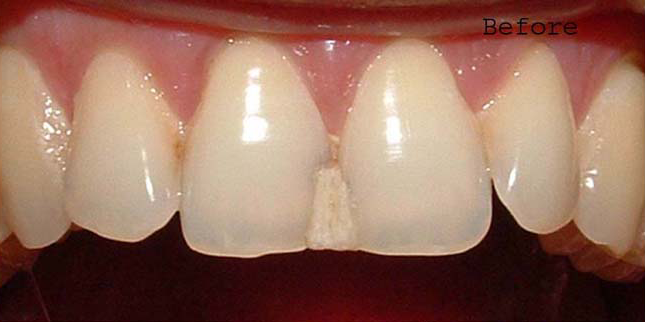
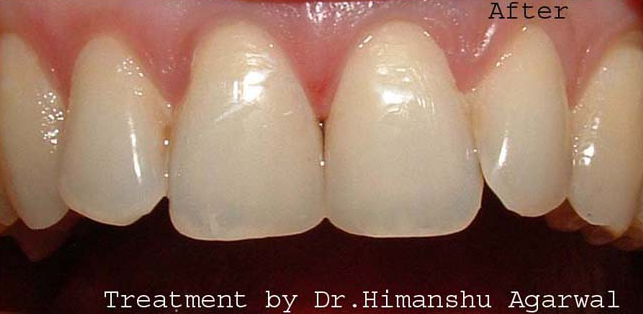
Types of dental filling materials - these days several dental filling materials are available such as gold, amalgam, dental composites, glass ionomer cement, or porcelain, among others.
Tooth extraction is removal of a decayed tooth. It is done in cases when it is not possible to restore by any other dental treatments. The removal of teeth can vary from simple extractions to complicated surgical procedures.
Reasons for Tooth Extraction

Wisdom Tooth Extraction/ Impacted Tooth Extraction:
Other teeth can also occasionally become similarly trapped. These unerupted teeth are called "Impacted teeth".
BRIDGES/ FIXED PARTIAL DENTURES/F.P.D
A bridge, also known as a fixed partial denture or fixed false teeth, is made to replace one or more missing teeth. Gaps left by missing teeth may eventually cause the remaining teeth to rotate or shift into the empty spaces, resulting in a bad bite and unsightly appearance. The imbalance caused by missing teeth can also lead to gum disease and temporomandibular joint (TMJ) disorders.
A traditional bridge is made by creating a crown for the teeth on either side of the space and placing a false tooth or teeth between the crowns.
Bridges can be supported in any of three ways:
Unlike removable devices such as dentures, which you can take out and clean daily, crowns and bridges are cemented onto existing teeth or implants, and can only be removed by a dentist.
DENTAL CROWNS / DENTAL CAPS
A crown is a tooth-shaped "cap" that's placed over a weak or damaged tooth to improve its shape, size, strength, or appearance.
Porcelain, ceramic or zirconia crowns can be matched to the color of your natural teeth.
Most crowns last five to 15 years and can be made of metal, porcelain fused to metal, ceramic or zirconia.
Before a crown is seated, the existing tooth is filed down; then the crown is cemented over it, fully encasing the tooth.

Good durable crowns are mainly of following types:
Crowns may be placed for several reasons.
MAINTANANCE
Dentures (also known as false teeth) are prosthetic devices constructed to replace missing teeth; they are supported by the surrounding soft and hard tissues of the oral cavity. It is very important to remember that dentures do not feel like real teeth, nor do they function like real teeth. It may take some time getting used to.
ADVANTAGE:
Different types of denture-
There are mainly 2 types of denture
Complete denture - is a removable appliance used when all teeth within a jaw have been lost and need to be prosthetically replaced. It is an exclusively tissue-supported prosthesis.
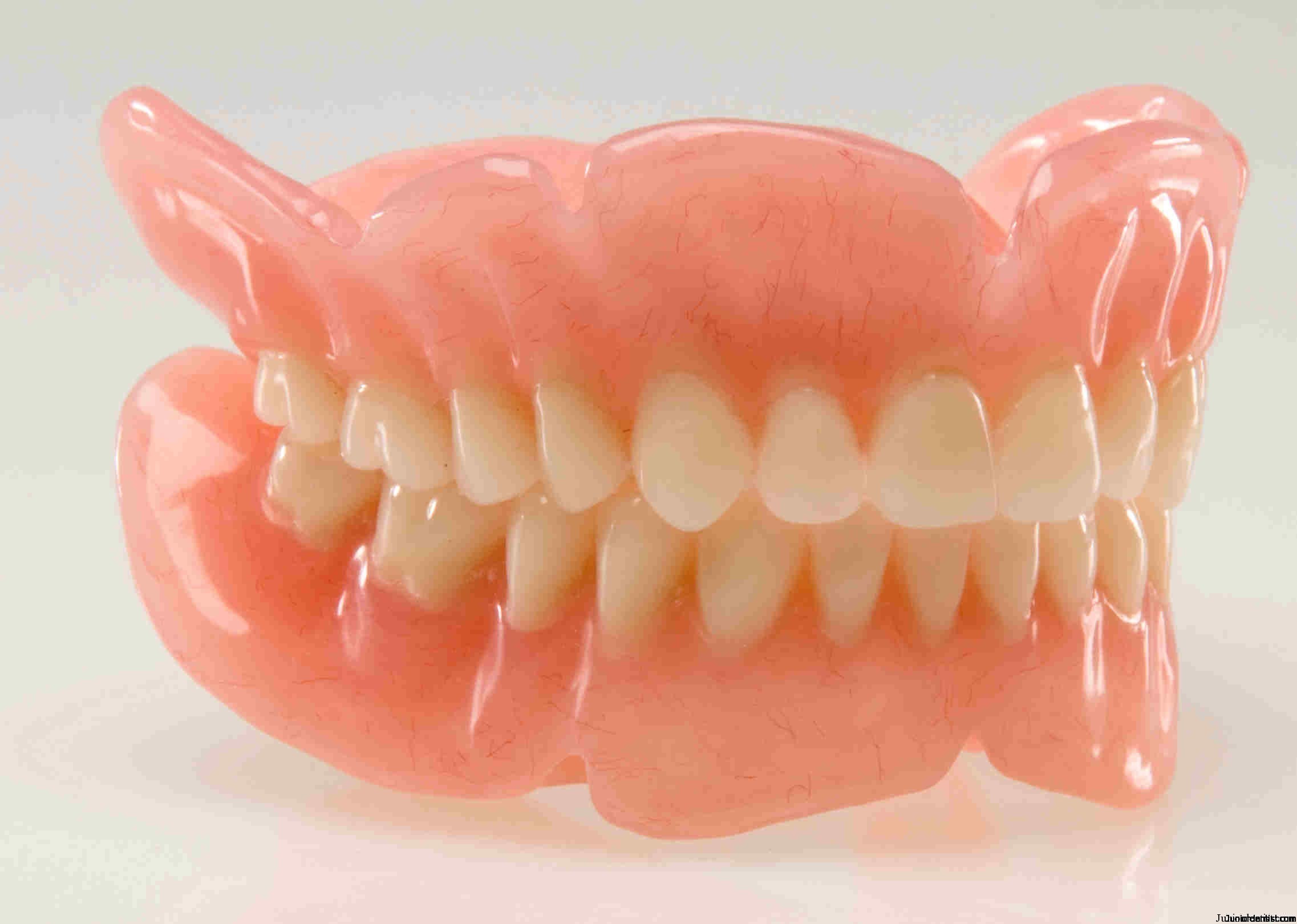
Partial denture - is a denture for a partially edentulous patient who desires to have replacement teeth for functional or aesthetic reasons and who cannot have a bridge (a fixed partial denture) for any reason, such as a lack of required teeth to serve as support for a bridge (i.e. distal abutments) or financial limitations.
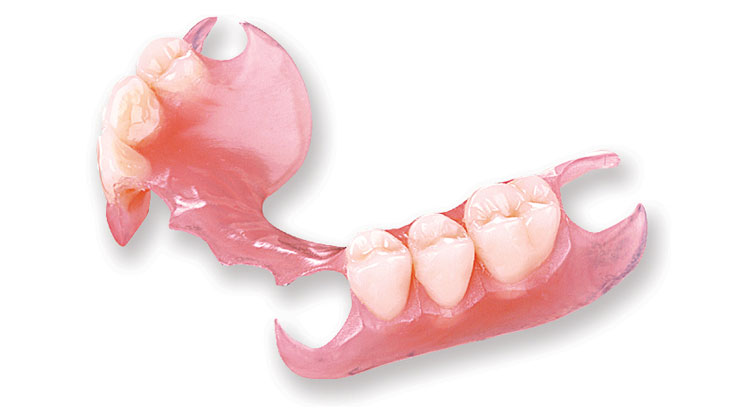
It referred to as a removable partial denture because patients can remove and reinsert it when required without professional help.
A patient suffering from gum disease can have one or more than one of the following signs or symptoms:
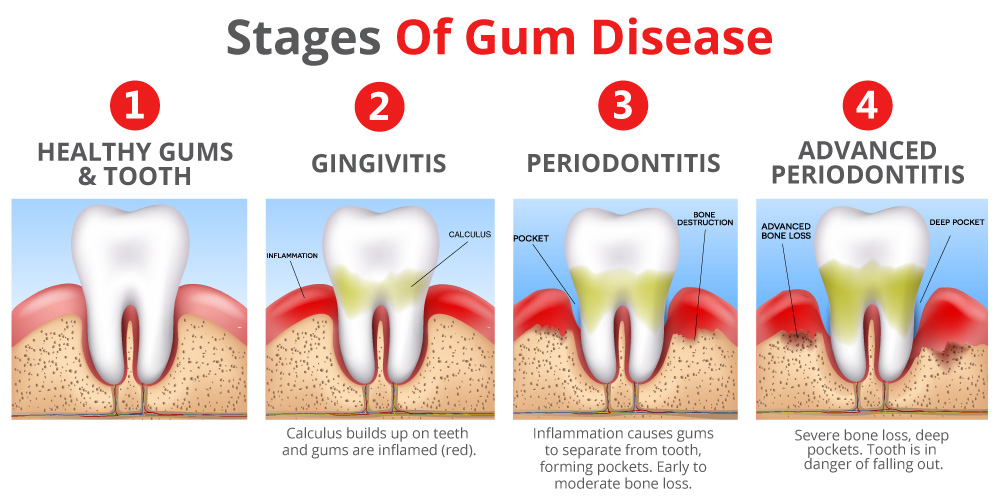
Patients should realize that the gingival inflammation and bone destruction are largely painless. Hence, people may wrongly assume that painless bleeding after teeth cleaning is insignificant, although this may be a symptom of progressing periodontitis/pyorrhea in that patient.
Medicines do not give long term benefits to the patient and in fact cause suppression of symptoms and thus progression of disease.
Treatment is done by following these three stages:
Initial therapy-
Removal of microbic plaque and calculus/tartar is necessary to establish health of gums. It can be done by -
SCALING AND DEBRIMENT- cleaning the teeth and surface below the gum line.
Teeth scaling and cleaning is done using ultrasonic scalers and is mostly painless
Surgery-
Periodontal surgery may be needed to -
Goal of periodontal surgery - Access for definitive calculus removal, surgical management of bony irregularities which have resulted from the disease process and to reduce pockets as much as possible.
Surgically treated cases often have less further bone loss and gingival recession over time.
Maintenance-
Once successful gum treatment has been completed, with or without surgery, an ongoing regimen of "periodontal maintenance" is required.
We promote the dental health of children as well as serve as educational resources for parents.
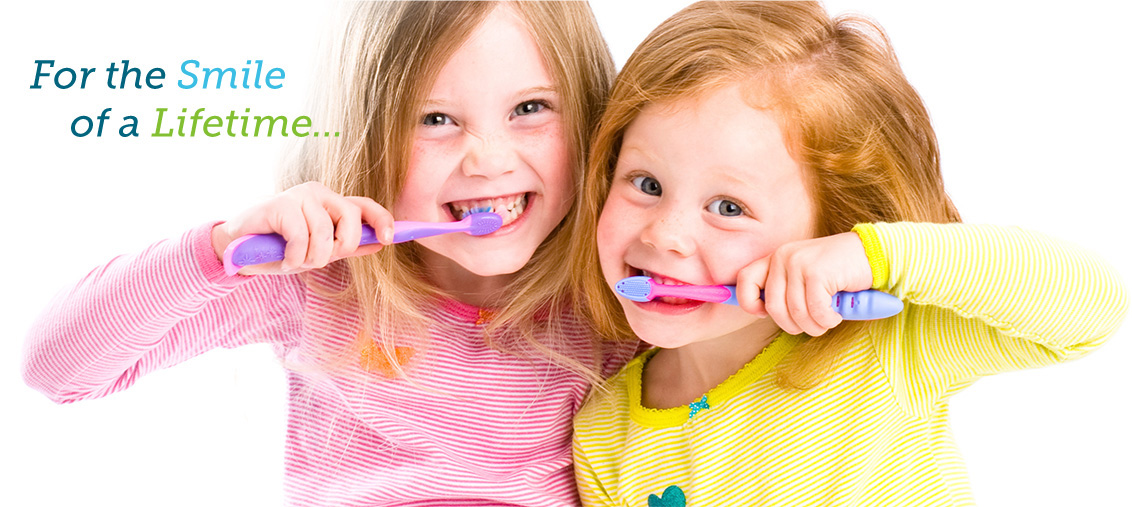
Children begin to get their milk teeth /primary teeth during the first 6 months of their life.
By age 6 or 7 years, they start to lose their first set of teeth/milk teeth/primary teeth, which eventually are replaced by secondary/ permanent teeth.
Without proper dental care, children face possible oral decay and disease that can cause a long time of pain and complications.
Services provided for children:
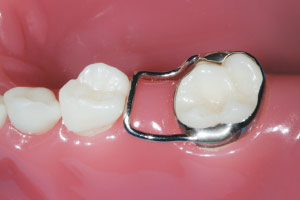
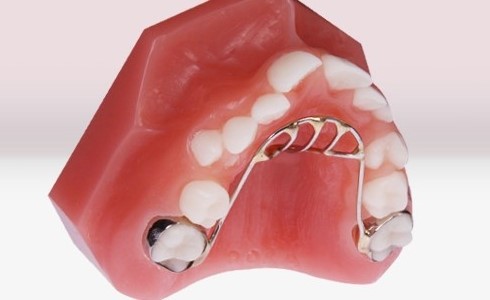
ORAL CARE FOR CHILDRENS:
It is aimed at creating a positive change to your teeth and to your smile.
We believe in "A smile is a curve that sets everything straight"
A beautiful smile reflects self-confidence and illuminates a positive aura around the person. Smile enhancement can have dramatic results on your overall appearance; even the smallest step can boost your confidence, self-esteem, and make you want to smile more.
It is an elective procedure which is carried out according to the needs of patient. A patient in need of smile makeover might not necessary have any underline pathology. It is a procedure which can be performed on any and every individual in need of it.
With modern advances in dentistry, cosmetic procedures can range from a basic color correction to replacing missing teeth, and everything in between.
A veneer is a thin layer of porcelain made to fit over the front surface of a tooth, like a false fingernail fits over a nail. Sometimes a natural-color 'composite' material is used instead of porcelain.
Indications:
There are two types of veneers -
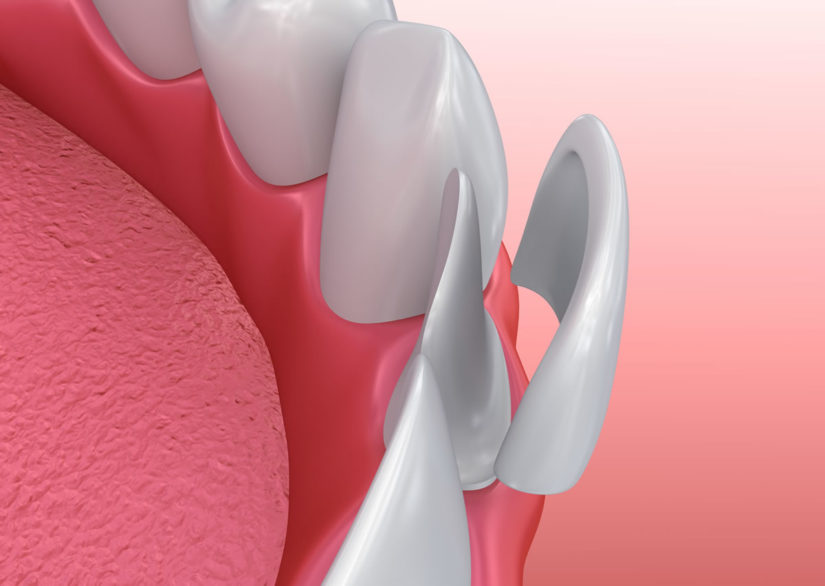
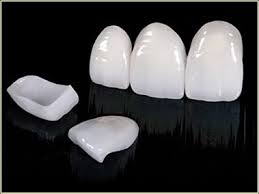
Composite Veneers / Direct Veneers
These are single sitting, chair side veneers made with tooth colored composite material.
Advantages:
Disadvantages:
Porcelain Veneers / Indirect veneers:
These are made in the dental laboratory and need 2- 3 sittings
Advantages:
Disadvantages
Bonding is the application of a tooth-colored composite resin (plastic) to repair a decayed, chipped, fractured, discolored tooth, to make teeth appear longer, close spaces between teeth. Bonding is among the easiest and least expensive cosmetic dental procedure.
The composite resin used in bonding can be shaped and polished to match the surrounding teeth.
Tooth whitening can be a very effective way of lightening the natural colour of your teeth without removing any of the tooth surfaces. It cannot make a complete colour change, but it may lighten the existing shade
Though temporary, it is still one of the widest done dental procedure around the world for a more permanent solution for discoloration
Professional bleaching is the most usual method of tooth whitening.
The 'active ingredient' in the product is usually hydrogen peroxide or carbamide peroxide. As the active ingredient is broken down, oxygen gets into the enamel on the teeth and the tooth colour is made lighter.
This procedure helps you to achieve your brightest smile by making your teeth at least 3 - 4 shades lighter.
There are two procedure- chair-side power whitening / in-office whitening procedure and home whitening kit
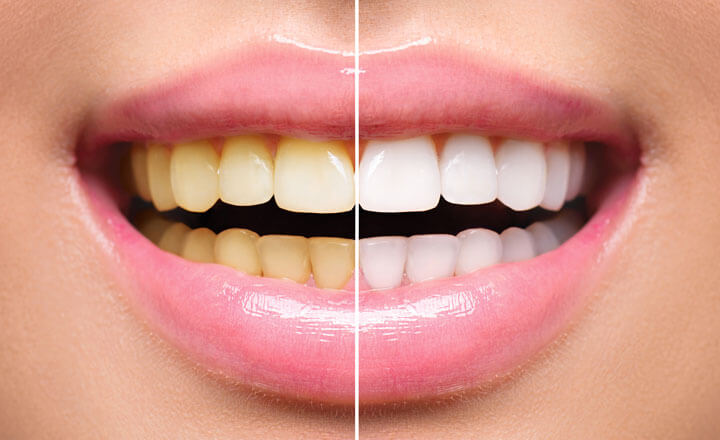
All-ceramic or all-porcelain or metal free dental crowns provide the best natural color match than any other crown type and may be more suitable for people with metal allergies. All-ceramic crowns are a good choice for front teeth. They do not fade off with time and take less stains then natural teeth
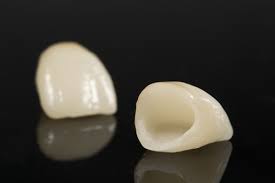
If you have minor dental imperfections or slightly overlapping or irregularly shaped teeth, excessively pointed cuspid tooth, and you want them fixed. The procedure is called tooth reshaping which is also referred to sometimes as dental contouring.
This cosmetic dental procedure deals with subtle changes to the teeth that could make a big difference in a person's overall appearance and self-confidence
Tooth reshaping removes small amount of tooth enamel - the outer covering of a tooth in order to modify the shape, length or surface of one or more imperfect teeth. With this procedure, even the slightest reshaping or smallest enamel reduction in the right places can really improve the appearance of teeth.
Tooth reshaping is often performed alongside bonding - a cosmetic dental procedure that uses tooth-colored composite material to sculpt and shape the teeth.
If you are looking to improve your smile, one issue may not actually be with the appearance of your teeth, but the appearance of your gums.
Gums that appear too big and too visible can cause crooked, lop-sided or "gummy" smiles, and this can make your teeth appear smaller than they actually are.
This cosmetic dental procedure deals with subtle changes to the teeth that could make a big difference in a person's overall appearance and self-confidence
Tooth reshaping removes small amount of tooth enamel - the outer covering of a tooth in order to modify the shape, length or surface of one or more imperfect teeth. With this procedure, even the slightest reshaping or smallest enamel reduction in the right places can really improve the appearance of teeth.
Tooth reshaping is often performed alongside bonding - a cosmetic dental procedure that uses tooth-colored composite material to sculpt and shape the teeth.
WHAT IS "GUMMY SMILE" ?
Gummy smiles are a common problem caused by the overgrowth of the gum tissue that covers the teeth. The overgrowth of the gums over teeth can be caused by genetics or side-effects of certain medications (e.g. blood pressure medications).
Gum contouring, also known as gum lifting, is a form of cosmetic dentistry used to effectively correct and reshape uneven or excessive gums. Gum contouring is a relatively painless procedure with a quick healing time.
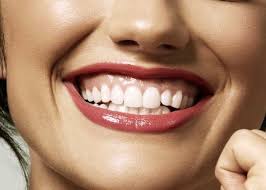
INLAYS - inlay is usually an indirect restoration (filling) consisting of a solid substance (as gold, porcelain or less often a cured composite resin) fitted to a cavity in a tooth and cemented into place. This technique involves fabricating the restoration outside of the mouth using the dental impressions of the prepared tooth, rather than placing a soft filling into the prepared tooth before the material sets hard.
ONLAYS: An onlay is the same as an inlay, except that it incorporates a replacement for a tooth cusp by covering the area where the missing cusp would be.
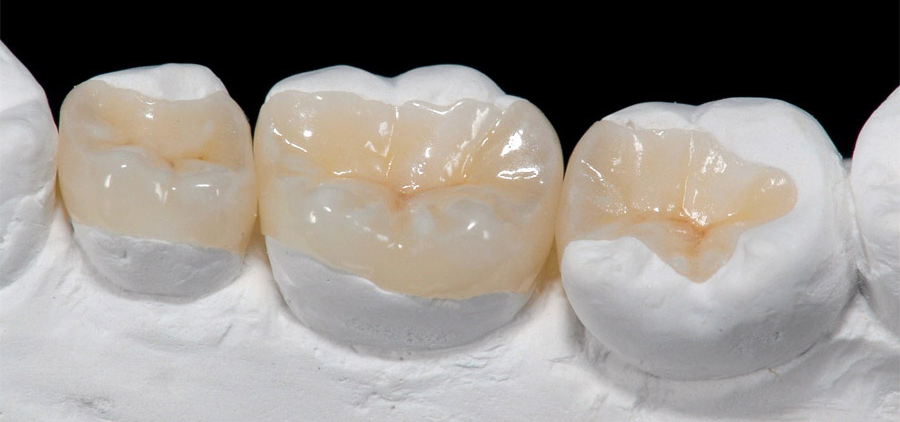
Gapped teeth are considered to be the most common problem these days. If you feel self-conscious about a gap in your teeth, you could be holding back your smile
To choose the best gap-closing method for you, you should understand why these gaps in your teeth have formed in the first place. A space between two teeth is called a diastema, which is a common occurrence that is not life-threatening. However, it can cause pain and discomfort.
There are plenty of different causes of diastemas. Some of these reasons are preventable, while others are merely genetic. Here are some potential causes:
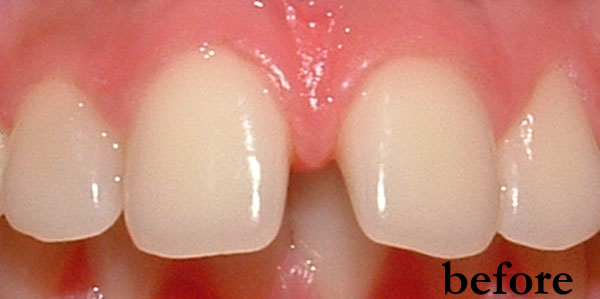
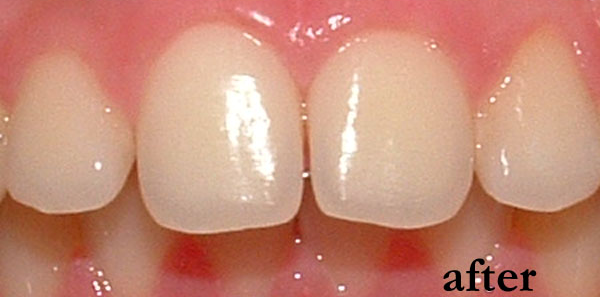
Whatever caused your gap in the first place; there is a solution for you like orthodontic treatment, retainers, dental bonding, dental veneers, all ceramic crowns and frenectomy.
